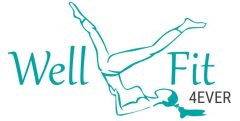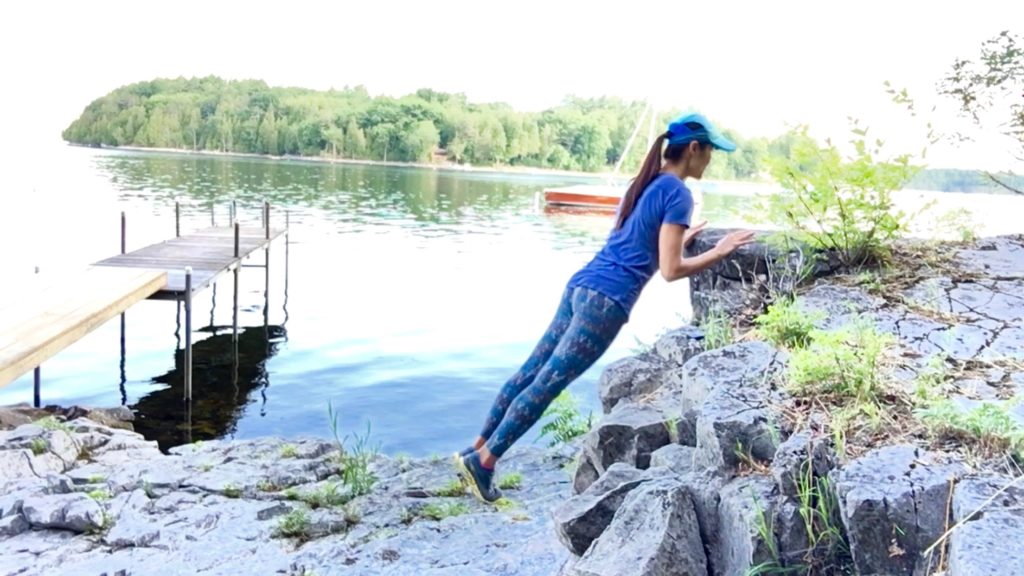Pushup is known as an ideal upper-body strengthening exercise. Pushup can be conveniently done anytime anywhere without any equipment. Although, many of us find pushups so difficult or even impossible to do.
Quite a few of my female clients told me on their first class that they could not do even one proper pushup. It’s one of those things which you can’t just naturally have it, and you can’t rush to get it. You have to train the right muscle groups through progressions. And if you have shoulder issues, you have to be very careful and stick with the appropriate modifications; otherwise, you may do more harm than good to your shoulders.
I will show you two pushup modifications where you elevate the upper-body to reduce the weight load. If you find these options still impossible, try the exact same set-up and movement but with your hands on a wall. In the written instructions section after the videos, I will break things down into different levels.
These pushup modifications are the most effective ones because they train the same muscles that would be targeted in the full pushup version which is done on flat ground.
Here’s another short video clip of me doing the Pilates pushup on a lower platform. Personally, this is the perfect level for me. Because I have winged shoulder blades, I avoid doing the full Pilates pushup on the ground (those make my shoulder blades wing out even more). At this level I get a good workout and can keep a good form.
Instructions:
Choose a sturdy platform where you can push against; here are a few suggestions:
-For complete beginners, very weak upper-body, or with a previous shoulder injury, use any wall.
-For those who lack upper-body strength, use a kitchen or bathroom counter, stair rail or something similar at approximately chest or waist level.
-For strong upper-body, but not quite strong enough to perform full push-ups on the floor or for a person with winged shoulder blades, use an approximately knee-level platform, such as a bench.
- Stand facing your chosen platform. How far from the platform depends on how high is your platform. For instance, if you use a wall, stand approximately an arm-length from the wall; if you use a waist-level platform, stand approximately a leg-length from it; and if you use a knee-high platform, stand further back so you will be in a full plank position to start with.
- Bring your legs together (as one leg); weight should be on the balls of the feet.
- Place hands against the platform and at shoulder-width apart with fingers pointing forward.
- Pull belly in to engage the abdominals, squeeze buttocks to keep lower-body engaged, look straight in front (throughout the movement) and aim the top of your head forward to keep head and neck in a neutral alignment.
- Gently push against the platform, lifting the chest, to stabilize shoulder girdles.
- Maintain this perfect form.
-Inhale, and with control bend elbows, keeping them close to the sides of the body, allowing the entire shape of the body (from head to heels) to descend toward the platform. AVOID squeezing shoulder blades together; think of lifting the chest and widening the collar bones. Your heels will automatically peel off the ground; allow them to but keep the legs actively squeezed together.
-Exhale, push against the platform to extend the arms.
Do as many repetitions so long as a perfect form can be maintained.
Click here to learn more tips on how to improve your upper-body strength.

